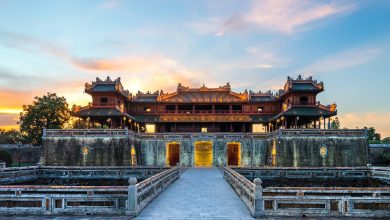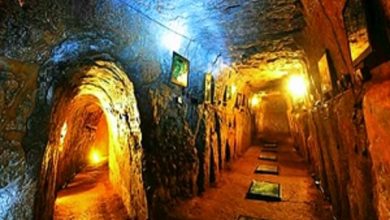Discovering the Vĩ tuyến 17 (17th Parallel) in Quảng Trị Province

Where History Meets Peace
Nestled in the heart of Central Vietnam, the 17th Parallel (Vĩ tuyến 17) was once the temporary dividing line between North and South Vietnam after the 1954 Geneva Accords. For two decades, this quiet countryside of Quảng Trị Province witnessed separation, conflict, and finally — reunification.
Today, the region has transformed from a symbol of division into a destination of unity and peace. Travellers come not only to see historic relics like Hiền Lương Bridge, Bến Hải River, and the Museum of the 17th Parallel, but also to feel the emotional weight and resilient spirit of Vietnam.

🕊️ The Historical Significance of the 17th Parallel
From 1954 to 1975, the Bến Hải River flowing through Hiền Lương Bridge marked the demarcation line between North and South Vietnam. The area became known as the Vietnam Demilitarized Zone (DMZ) — ironically one of the most militarized regions in the world at the time.
The Hiền Lương Bridge, painted blue on one side and yellow on the other, stands as a visual reminder of that painful separation. But it also embodies hope and resilience — two colors reunited into one after the war ended.
“The 17th Parallel is not just a line — it’s a story of endurance, love, and reunification.”

🏛️ Must-Visit Attractions at the 17th Parallel
1. Hiền Lương Bridge – The Bridge of Reunification
Built in 1952, this historic bridge stretches across the Bến Hải River, connecting Vĩnh Linh (North) and Gio Linh (South) districts. During wartime, families could see each other across the river but were forbidden to cross.
Today, visitors can walk freely across the bridge, reliving the emotional symbolism of the line that once divided Vietnam.
Travel Tip: Visit in early morning or sunset for golden reflections on the river and fewer crowds.
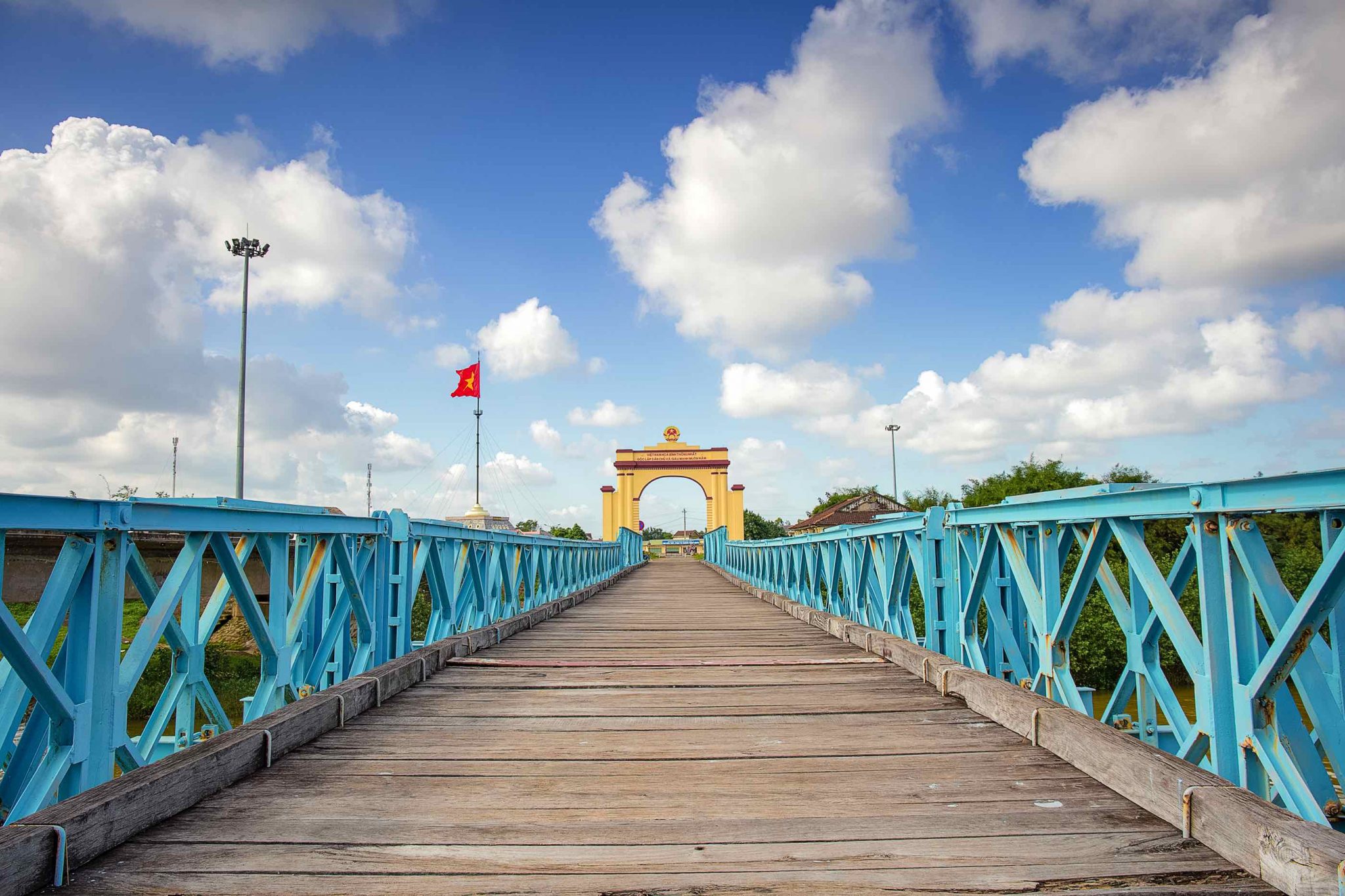
2. Bến Hải River – A River of History and Hope
The Bến Hải River, about 100 kilometers long, flows from the Truong Son Mountains to the East Sea. Once serving as the physical demarcation between two governments, it’s now a serene and picturesque spot perfect for sightseeing and photography.
Local people often say, “The river once divided the nation, but today it unites the hearts of travellers.”
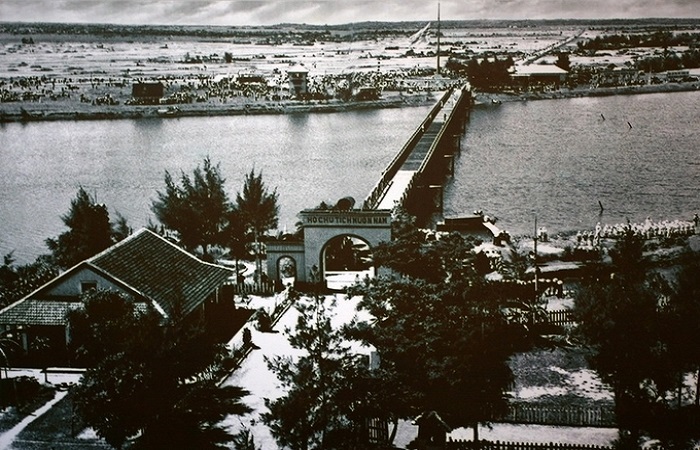
3. The Museum of the 17th Parallel and the Aspiration for Unity
Located near the north bank of the bridge, this museum houses hundreds of wartime artifacts, documents, and models. Visitors can explore exhibits about the Geneva Agreement, stories of divided families, and Vietnam’s eventual reunification.
A highlight is the replica loudspeaker system used by both sides during the war, once blasting messages and music across the river.
Travel Tip: Hire a local guide or DMZ tour for detailed historical insights.

4. The National Flagpole at Hiền Lương
Standing tall beside the river is the national flagpole, symbolizing Vietnam’s unbroken spirit. During the war, both sides competed to fly taller flags — a powerful metaphor for pride and sovereignty.
Today, the red flag with a golden star waves proudly over peaceful lands.
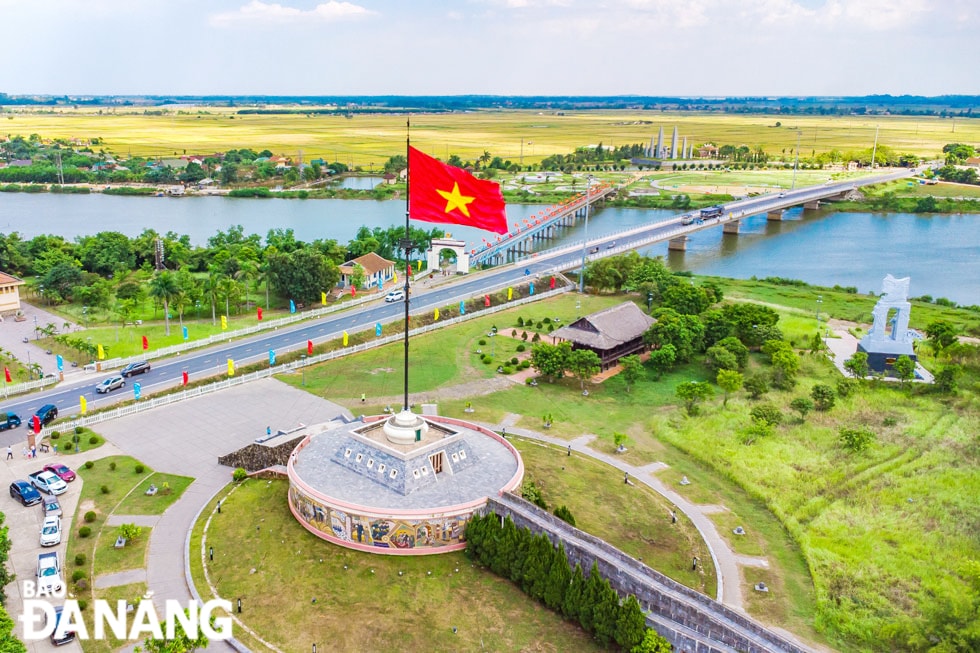
5. Memorial Sites Nearby
If you have more time, visit other significant locations within Quảng Trị’s DMZ such as:
- Truong Son National Martyrs Cemetery – resting place of over 10,000 soldiers.
- Vinh Moc Tunnels – underground village where families lived during bombings.
- Quảng Trị Citadel – a site of intense battles during 1972.
These places offer deeper insight into the human cost of war and the value of peace today.

🚗 How to Get to the 17th Parallel
- From Đông Hà City: 30 km north via National Highway 1A.
- From Hue: 100 km north (~2 hours by car).
- From Phong Nha: 90 km south (~1.5 hours by motorbike or car).
Transportation: Private car, motorbike, or guided DMZ tours from Hue, Dong Ha, or Phong Nha are available daily.
Nearby Amenities:
- Café & souvenir stalls near the bridge.
- Local homestays and guesthouses in Vĩnh Linh.
- Larger hotels available in Dong Ha City.
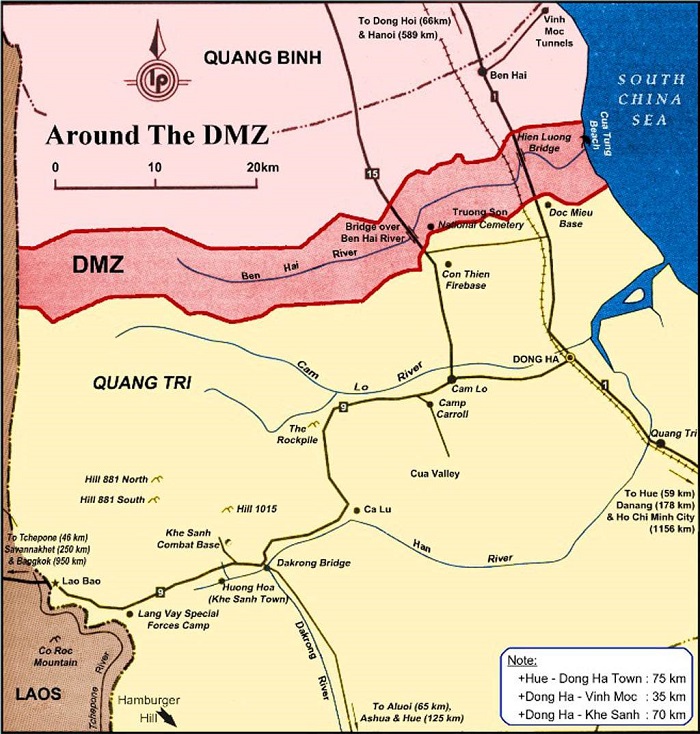
☀️ When to Visit
The best time to explore Quảng Trị and the 17th Parallel is February to August, when weather is dry and sunny.
Avoid the rainy season (September–December) if possible, as heavy rains can affect travel.
Suggested Itinerary:
- Morning: Depart from Dong Ha → Hiền Lương Bridge → Bến Hải River.
- Noon: Visit the Museum and enjoy local lunch.
- Afternoon: Stop at Quảng Trị Citadel or Vinh Moc Tunnels before returning.
🍲 Local Culture and Cuisine
Quảng Trị is not just about war memories — it’s a region of warm-hearted people and distinct central Vietnamese cuisine.
Don’t miss:
- Bánh bèo and Bánh lọc (savory steamed rice cakes)
- Seafood from Cửa Tùng Beach
- Vietnamese iced coffee with river views
Nearby, small family-run eateries serve simple but authentic meals, often paired with local stories of resilience and pride.
💭 The Symbolism of the 17th Parallel Today
The 17th Parallel represents more than a boundary line; it symbolizes the Vietnamese people’s indomitable spirit. Where there was once separation, there is now solidarity.
Tourists visiting Quảng Trị often describe it as a place of reflection, learning, and peace — a living museum where nature and history coexist.
“Standing on Hiền Lương Bridge today, one feels not sorrow, but serenity — the calm after the storm of history.”
